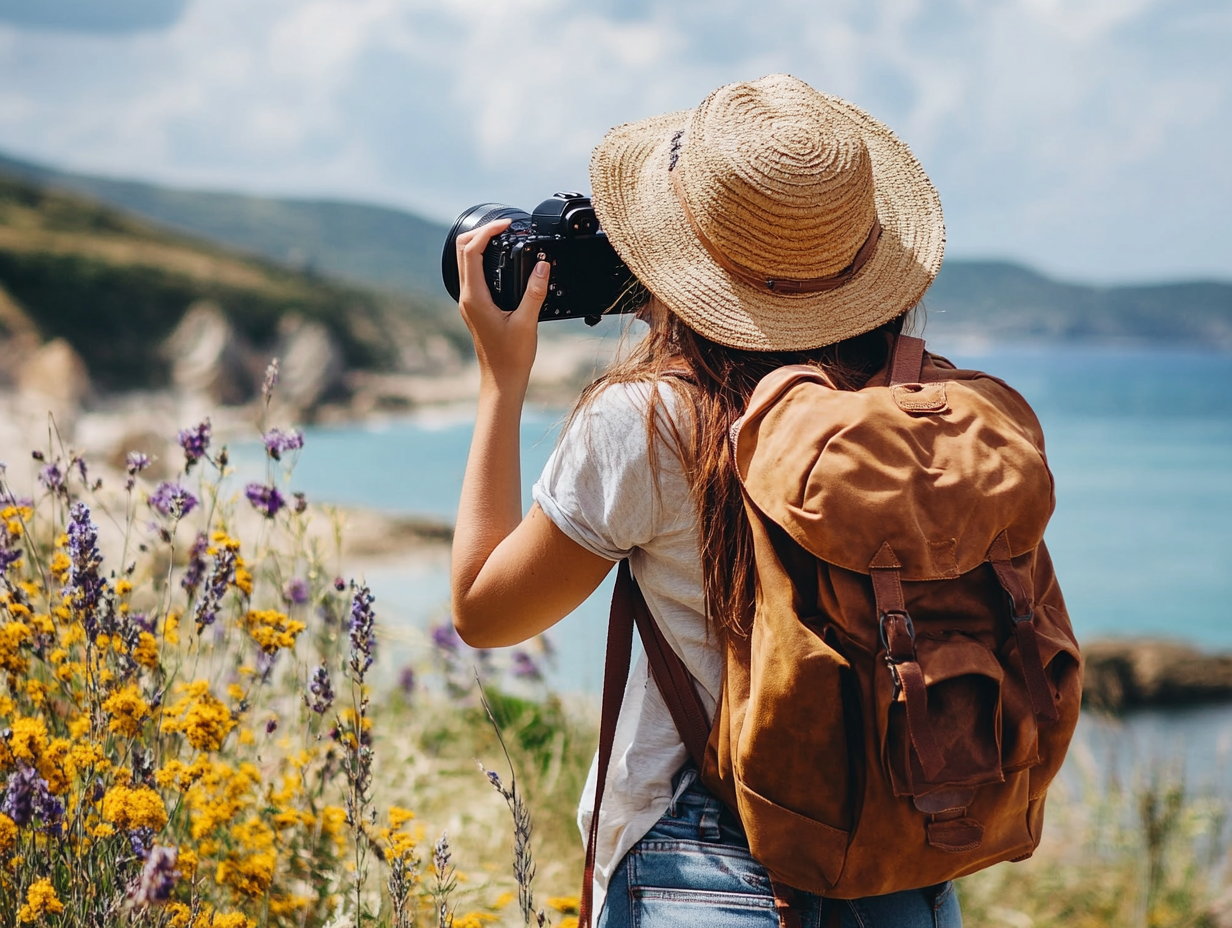Planning a solo trip as a woman? Discover 10 essential safety tips every female solo traveler should follow for a secure and empowering travel experience.
Travelling solo as a woman is an experience unlike any other. It allows for an unfiltered connection with the world—on your own terms, at your own tempo. With solitude comes empowerment, but also a responsibility to stay attentive. While the road can offer freedom, it demands a measured approach to safety. The following ten practices are designed not to instill fear, but to foster a deeper sense of preparedness and presence during your journey.
1. Research Your Destination—Beyond the Brochures
Avoid relying solely on tourist brochures or hotel recommendations. Take the time to understand the social fabric of the place you’re visiting—its unwritten rules, regional sensitivities, and public norms. Seek out first-hand accounts from women who have travelled there. Their insight often captures what maps and itineraries miss.
2. Share Your Itinerary with Someone You Trust
Keep at least one trusted person informed about your whereabouts. Provide them with your flight schedules, accommodation details, and any planned excursions. A brief message at the start and end of the day—no matter how mundane—creates a vital thread of contact.
3. Dress to Blend In, Not Stand Out
What you wear can significantly influence how you’re perceived. This isn’t about erasing your personal style—it’s about situational awareness. Aligning with local attire can quietly communicate respect and help you move about with greater ease and less attention.
4. Keep Your Valuables Invisible and Secure
Keep jewellery and expensive electronics out of sight. A discreet crossbody bag with secure zippers or a well-hidden pouch can do far more than a branded tote. Photocopy essential documents and keep them separate from the originals in case of emergency.
5. Choose Accommodations with Good Reviews (and Better Lighting)
When selecting where to stay, pay close attention to reviews by other solo women travellers. Look for accommodations situated in lively yet safe districts, with reliable staff and secure entrances. A well-lit street can make all the difference when returning late.
6. Trust Your Gut—Always
If you feel uncomfortable, extract yourself—no explanations required. A gut feeling is not something to rationalise away. Whether it’s a persistent stranger or a dimly lit alleyway, choosing caution over courtesy is not only acceptable—it’s wise.
7. Limit Alcohol Intake in Unfamiliar Settings
If you decide to drink, do so with care. Always watch your glass being poured, and avoid drinks handed to you by strangers. In unfamiliar company or places, a clear head can often be your greatest asset.
8. Stay Connected, Even Offline
Phones die, signals drop. Prepare accordingly. Download maps you can access without data, jot down local phrases, and carry the name and address of your accommodation in the local language. These small steps can bridge crucial gaps in moments of uncertainty.
9. Use Trusted Transportation Options
Avoid informal or unlicensed transport services. Use official taxis, public transit with clear signage, or ride-hailing applications where available. Before getting into any vehicle, record the driver’s name and licence plate, and share this information with someone you trust.
10. Be Selective About What You Share Online
Avoid broadcasting your location while you are still present. Share photographs and updates after you’ve moved on to your next stop. While it may feel harmless, real-time posts can reveal more than intended, particularly when you’re travelling alone.
Why It’s Worth It
Solo travel, at its core, is about learning to depend on one’s own judgement and discovering comfort in unfamiliar settings. When approached with foresight and discretion, it can be every bit as secure as travelling in a group—and arguably more transformative. The world, for the most part, welcomes the curious and the open-hearted. Still, preparedness is a traveller’s best ally.



